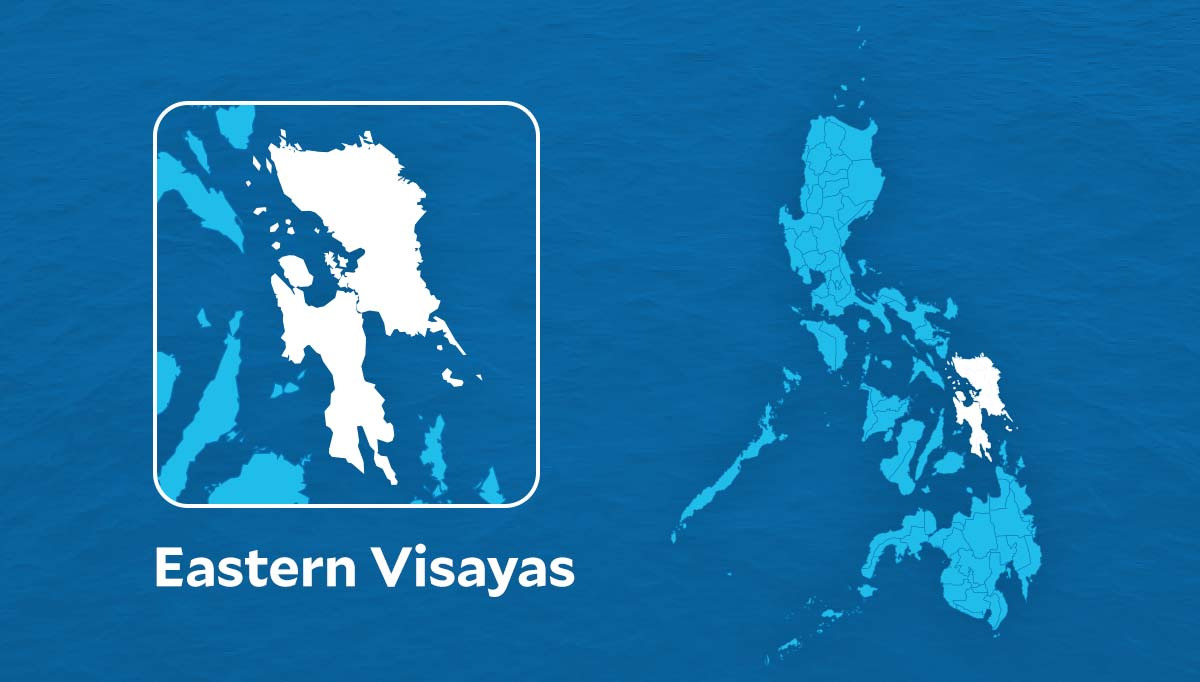2 Eastern Visayas LGUs to use solar power on their municipal buildings
TACLOBAN CITY — Two local governments in Eastern Visayas are set to generate electricity through solar power as part of their efforts to promote renewable energy.
The towns of Guiuan in Eastern Samar and Paranas in Samar have entered into agreements with the Institute for Climate and Sustainable Cities (ICSC) to install rooftop solar photovoltaic (PV) systems on their municipal buildings.
A memorandum of agreement (MOA) was signed between the municipal government of Guiuan, represented by Mayor Annaliza Gonzales-Kwan, and ICSC’s executive director Angelo Kairos De la Cruz on Oct. 10.
The following day, the local government of Paranas formalized a similar agreement.
De la Cruz explained these solarization projects aim to encourage the adoption of renewable energy at the local level by introducing rooftop-mounted solar PV systems in municipal buildings.
Article continues after this advertisementThe goal, he said, is to eventually extend this to commercial, industrial and residential buildings.
Article continues after this advertisementBoth solarization projects are expected to be completed by the end of the year.
Once operational, these initiatives will increase the local governments’ energy independence, providing a stable power supply in provinces that often experience disruptions.
The projects will also help reduce long-term power costs, allowing the local governments to allocate more savings toward other investments while contributing to the reduction of greenhouse gas emissions and fossil fuel dependence.
The Solarize Guiuan project will involve the installation of 100 bifacial solar panels, each with a 600-watt capacity, resulting in a total peak output of 60 kilowatts.
The Solarize Paranas initiative, on the other hand, will install 88 bifacial panels, each rated at 555 watts, with a total peak capacity of 48.8 kilowatts.
Kwan said Guiuan’s reliance on expensive and unstable grid electricity has hindered economic growth in the municipality.
“Our town has struggled with high energy costs and frequent power outages, which have discouraged investors and slowed fisheries production. We remain economically challenged due to power issues,” Kwan said.
She emphasized that despite multiple congressional inquiries, the problem remains unresolved, leaving the local government with limited options.
She, however, hoped the solarization of the municipal building will inspire other establishments, both private and public, to adopt solar energy solutions.
Paranas Mayor Eunice Babalcon recalled that their solarization journey began in 2019, with the installation of PV systems to power the town’s evacuation center and materials recovery facility.
“The Solarize Paranas project will strengthen our ongoing efforts in climate action, particularly in mitigation and adaptation. This is a significant step toward reducing our environmental impact,” she said.
Babalcon emphasized the critical importance of having renewable energy, especially during calamities when the main grid is offline.
“With solar power, we can keep essential services like communication and lighting running in our evacuation centers during typhoons,” she added.
Under the agreement, both Guiuan and Paranas will operate and maintain their hybrid photovoltaic systems, which will be donated and installed by ICSC.
The local governments are required to apply for Net Metering with their respective distribution utilities—Samar Electric Cooperative II (Samelco II) for Paranas and Eastern Samar Electric Cooperative (Esamelco) for Guiuan.
This will allow them to sell surplus electricity generated during weekends when the municipal buildings are not in use.
If Esamelco approves Guiuan’s application, it will become the first member-consumer to benefit from the Net Metering Law in the region.
The local governments are also tasked with developing a roadmap to identify the solar potential of other public buildings in their municipalities.
They will also pass a renewable energy ordinance to institutionalize the use of rooftop solar systems.
ICSC will provide technical assistance in the creation and approval of these roadmaps and ordinances.
